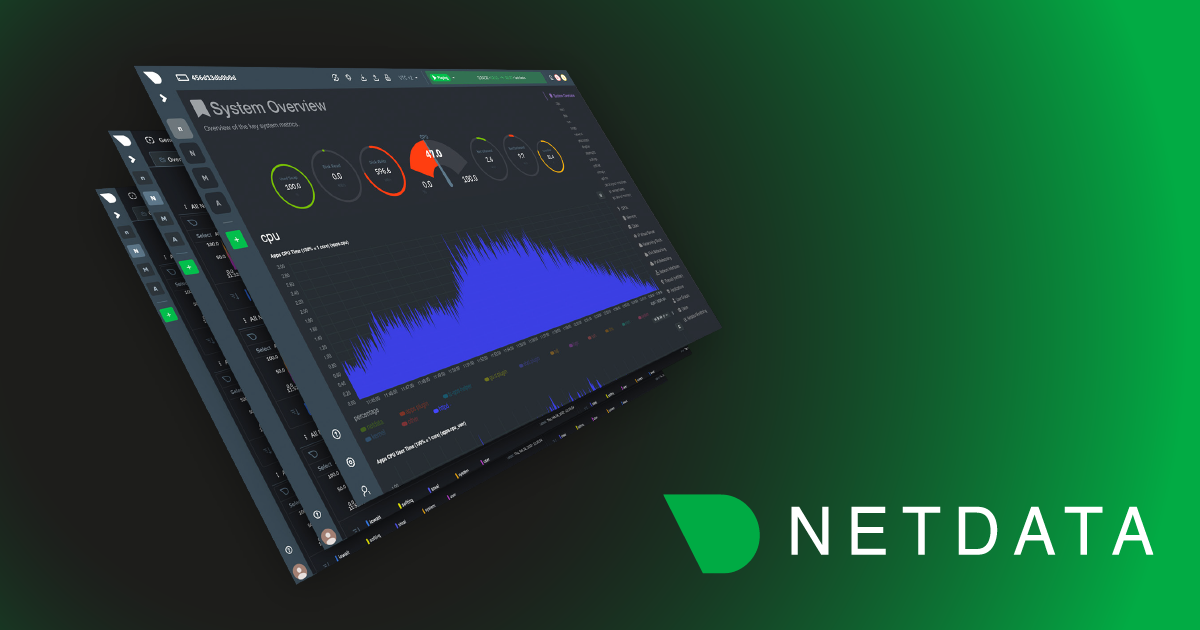
Server uptime monitoring tracks the availability and reliability of servers within your infrastructure.
Why Server uptime monitoring is important?
Servers are crucial to the operation of many applications and services, making their uptime a critical aspect of overall system performance. Here are some reasons why server uptime monitoring is important:
Availability:
Uptime monitoring can show whether a server is consistently available or experiences frequent downtimes. High uptime indicates the server is reliable and available for users, while low uptime may signal potential issues that need to be addressed.
Performance Monitoring:
While server uptime alone doesn't provide detailed performance data, analyzing the duration and frequency of downtimes can help identify patterns or trends. For example, recurring downtimes during peak hours may indicate capacity issues that need to be addressed.
Proactive problem detection:
If server uptime monitoring reveals unexpected downtimes or a decreasing uptime trend, it can serve as an early warning sign of potential problems. By monitoring uptime, you can act before issues escalate into more significant disruptions.
Root cause analysis:
When investigating server downtime, the uptime metric alone may not provide enough information to pinpoint the exact cause. However, it can help narrow down the list of potential issues. For example, if a server experiences sudden downtimes, it may indicate a hardware failure, while frequent short downtimes could suggest software or configuration issues.
Load balancing:
Uptime data can indirectly indicate load balancing issues if certain servers have significantly lower uptimes than others. This may suggest that those servers are overloaded, and the workload needs to be redistributed more evenly.
Optimize maintenance efforts:
Servers with consistently low uptimes or frequent downtimes may require more attention. By identifying these problematic servers through uptime monitoring, resources can be allocated more effectively to address the issues.
Compliance requirements:
Server uptime data can be used to demonstrate compliance with regulatory requirements or SLAs that mandate a minimum level of server availability. It provides a measurable and objective metric to track and report.
Planned and Unplanned Maintenance
Servers often need to be rebooted for various reasons, such as completing software upgrades, installing new system-wide libraries, or updating kernels. These reboots contribute to planned downtime, which is an expected and necessary part of server maintenance.
In the context of server uptime monitoring, it's essential to differentiate between planned and unplanned downtime. Here's how the uptime metric can still be useful:
Evaluating maintenance efficiency:
Analyzing the duration and frequency of planned downtimes can help you evaluate the maintenance processes' efficiency. For example, if a server consistently takes longer than expected to reboot after software upgrades, this could indicate room for improvement in the maintenance process.
Tracking unplanned downtime:
By accounting for planned downtime, server uptime monitoring can help you focus on identifying and addressing unplanned downtime events.
SLA compliance:
In many cases, SLAs account for planned downtime and only penalize organizations for unplanned downtime. Monitoring server uptime, including planned downtimes, helps ensure that the organization stays within SLA limits.
Performance optimization:
By tracking the impact of software upgrades, library updates, and kernel changes on server uptime, you can gain insights into how these changes affect system performance and stability.
Server Uptime Monitoring for Cloud VMs
Server uptime monitoring can be helpful for cloud-provided virtual machines (VMs) as well. While cloud providers typically offer higher levels of reliability and redundancy compared to on-premises infrastructure, it's still essential to monitor the availability and performance of your VMs. Ensuring that your VMs are up and running directly impacts the availability of the applications and services they host.
Additionally in the event of a cloud service disruption or outage, having access to your VMs' uptime data can help you diagnose issues, assess the impact, and coordinate your incident response efforts.
Server Uptime Monitoring for Autoscaled Environments like Kubernetes
Kubernetes has built-in features to address many of the server availability issues automatically, but it's still important to monitor your environment for a complete understanding of the system's health and performance. Kubernetes is designed to automate the deployment, scaling, and management of containerized applications, and it includes mechanisms to handle node failures, container restarts, and autoscaling. However, monitoring remains a crucial aspect to ensure that these automated processes are functioning as expected.
Here's why monitoring, including server uptime monitoring, is still important in a Kubernetes environment:
Visibility:
While Kubernetes automates many aspects of managing containerized applications, monitoring provides visibility into the health and performance of your cluster. This insight helps you understand how well Kubernetes is managing your environment and identify any potential issues or areas for improvement.
Issue detection:
Even though Kubernetes is designed to handle failures and scale resources automatically, there can still be issues with the underlying infrastructure, such as hardware failures, network problems, or misconfigurations. Monitoring helps detect these issues so that you can address them proactively.
Autoscaling evaluation:
Monitoring the uptime and resource usage of your Kubernetes nodes can help you evaluate the effectiveness of your autoscaling policies and make adjustments if necessary. This ensures that your cluster is optimally scaled to handle changing workloads.
Incident response:
When issues occur in your Kubernetes cluster, having access to monitoring data, including server uptime, can help you diagnose problems, assess the impact, and coordinate your response efforts more effectively.
- Compliance and reporting: Monitoring your Kubernetes environment can help you demonstrate compliance with regulatory requirements or service level agreements (SLAs) and provide stakeholders with performance reports and insights.
Server uptime monitoring with Netdata
Netdata's system.uptime chart in the System Overview section allows you to visualise how long each of the nodes in your infrastructure have been successfully running and can be used to trigger alerts when a node restarts or something unexpected happens.

In summary, while server uptime is a single metric, it can still provide valuable insights into the overall health and reliability of servers when analyzed and interpreted correctly. It serves as a starting point for further investigation, and when combined with other metrics, it can provide additional insights for understanding a server's performance and potential issues.